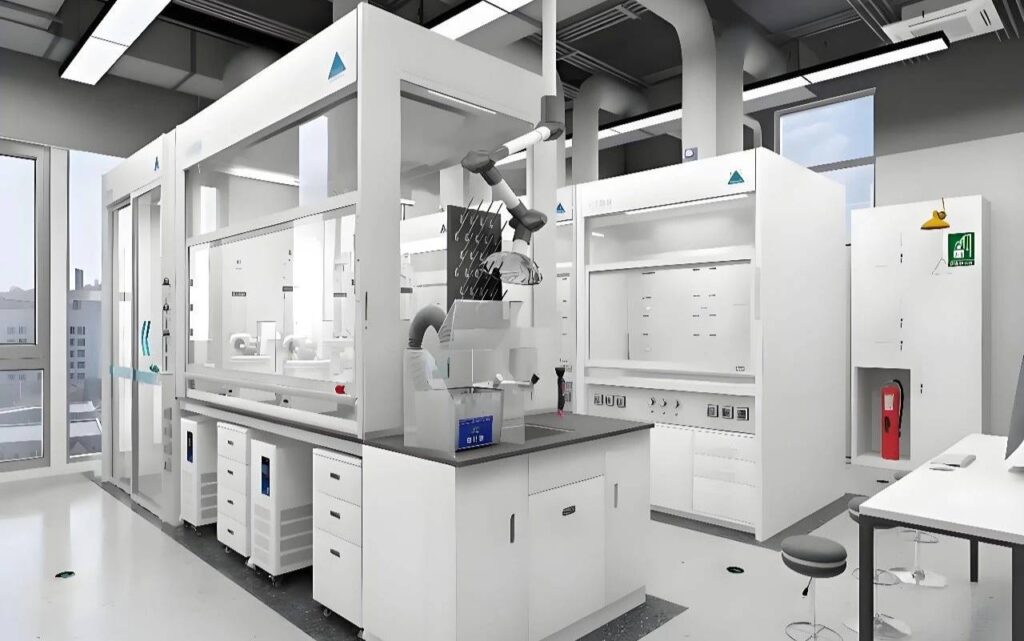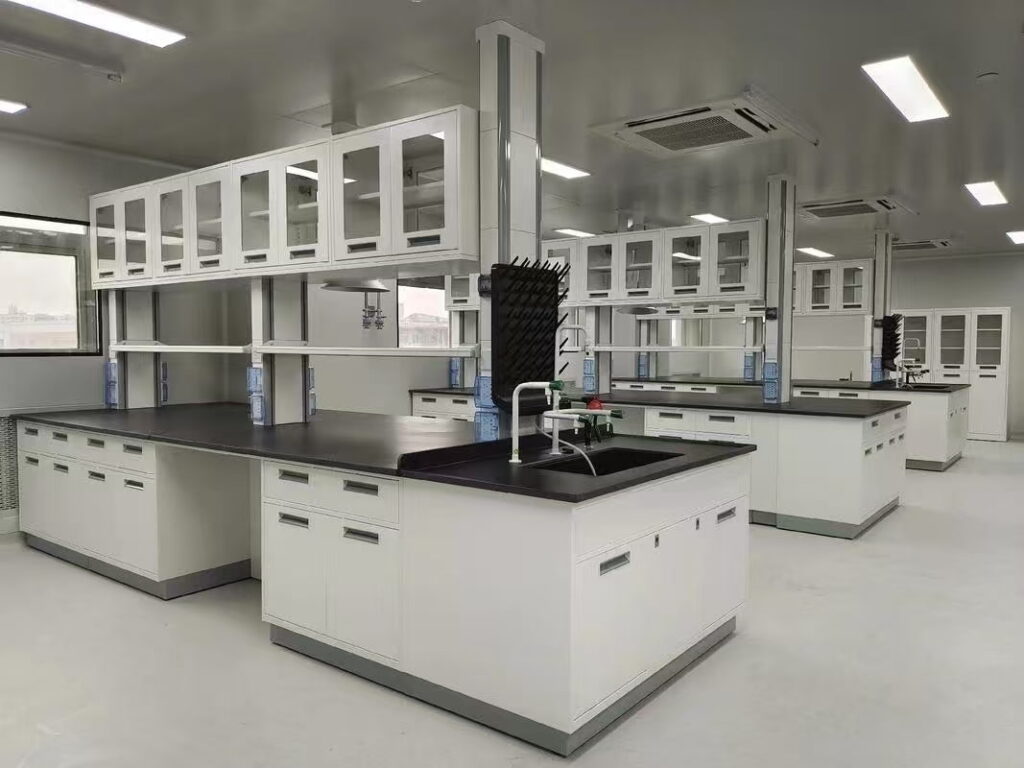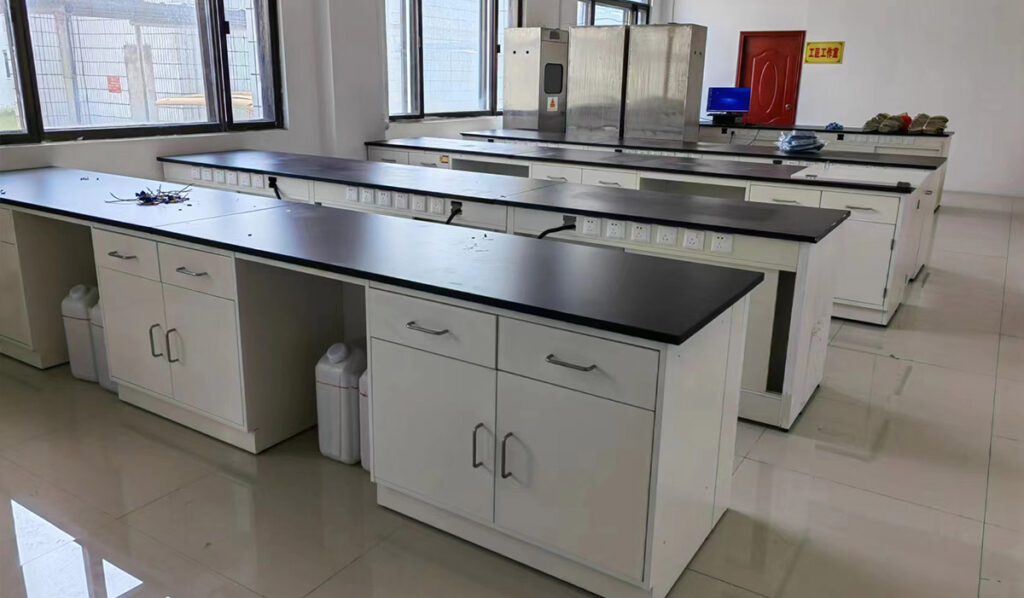In modern laboratory equipment there are fume hoods, lab benches, sink tables, cabinets, etc., of which the fume hood is a biochemical laboratory equipment that carries a very important function and is essential equipment. Therefore, the choice of fume hoods is an important issue in the construction of laboratories and must be given sufficient attention.
I. First, the central position of the fume hood and the need for selection
safety protection center
- Safety protection center
- The only laboratory equipment that actively vents toxic gases
- Prevent health damage caused by chemical exposure
- Guarantee of experimental precision
- Reduce the impact of airflow interference on precision instruments
- Avoid detection errors caused by cross-contamination
- Compliance
- Fume hoods that meet EN 14175-3:2019 (European standard for performance testing of chemical fume hoods), ASHRAE 110 (American national standard for performance testing of chemical fume hoods), and GB 24820-2009 (Chinese standard for general technical conditions for laboratory furniture)
- Uncertified equipment will face regulatory penalties
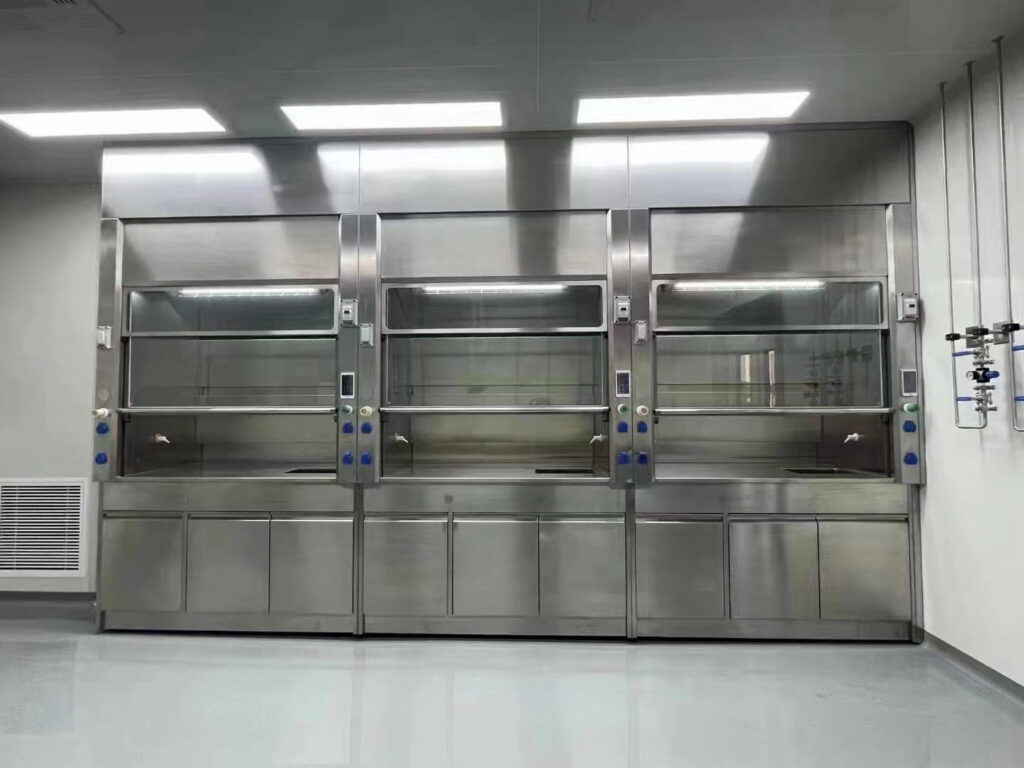
II. Four major material performance comparison and selection matrix
| Materia | Corrosion Resistance | Applicable Scenarios | Prohibited Scenarios | Lifespan |
|---|---|---|---|---|
| All Steel Fume Hoods | Medium (pH 2 -12) | Bioassay / Routine Chemistry | Strong Acid (HCl/HF) | 8-10 years |
| PP Fume Hoods | Extremely Strong (Resistant to 98% H₂SO₄) | Semiconductor Etching/Hydrofluoric Acid Operation | High Temperature (>80°C) | 6-8 years |
| 304 Stainless Steel Fume Hoods | Strong (Resistant to Nitric Acid/Acetic Acid) | Medical Labs/Aseptic Environments | Chlorine Containing Solutions | 12 Years + |
| Glass Reinforced Plastic Fume Hoods (GRP) | Good (pH 1-13) | Teaching Labs | Organic Solvents | 5-7 Years |

Selection Tip: PP material is preferred in semiconductor industry, and 304 stainless steel is mandatory for the medical field.
III. Key structural parameters and engineering specifications
1. Core size standard
- Width: 1500/1800mm (≥2000mm required for two-person operation)
- Depth: 850-1020mm (equipment area reserved ≥300mm)
- Face wind speed: 0.5±0.1m/s (ASHRAE 110-2016)
2. VAV Intelligent Control System
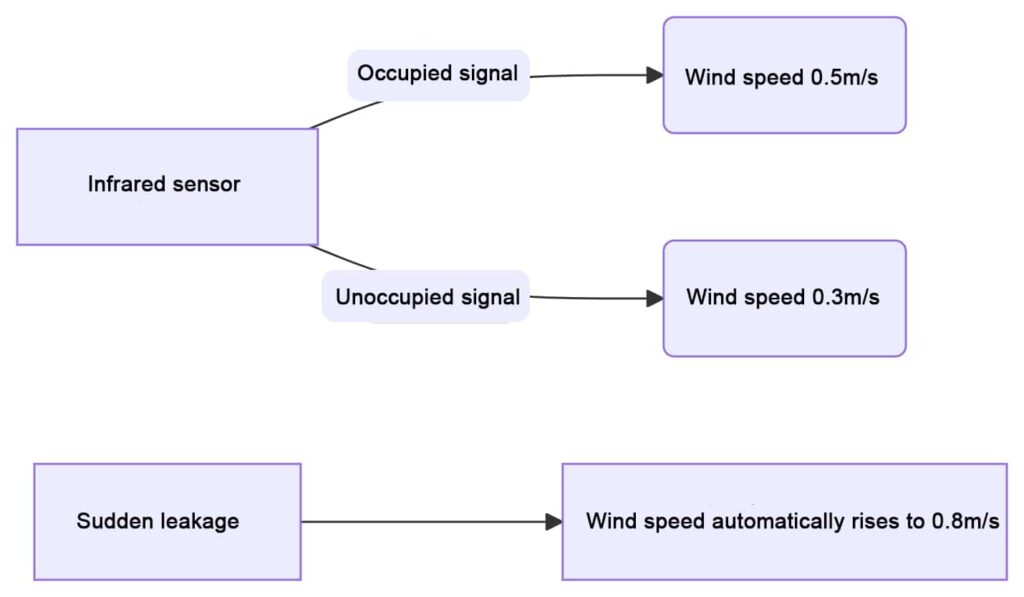
3. Mandatory safety configuration
- 6mm toughened explosion proof window (EN 14175-3 certified)
- Emergency exhaust pressurization button (doubles air speed in 3 seconds)
- Acid-resistant ceramic countertop (HF resistance ≥ Class A)
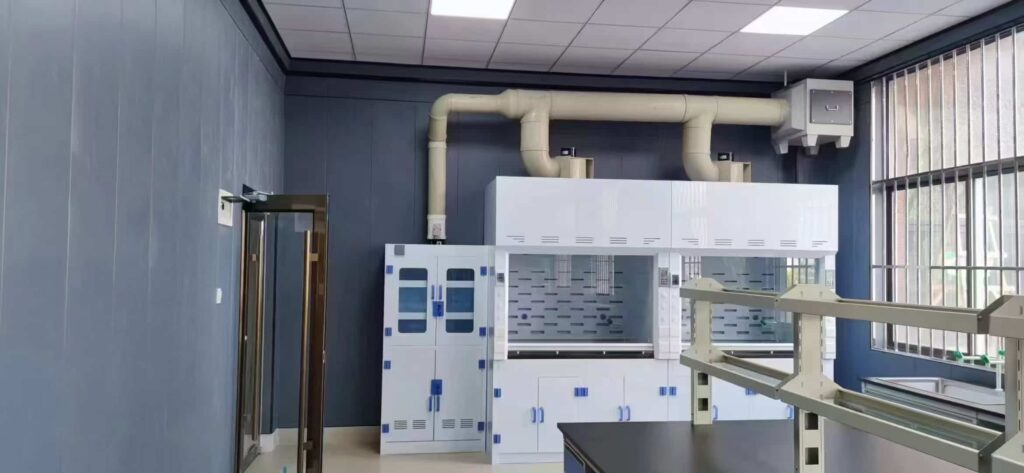
IV. Global Safety Certification System Details
| Fume Hood standard | Core Requirements | Testing Methods | Applicable Regions |
|---|---|---|---|
| NSF/ ANSI 49 | 72hr salt spray test without corrosion | ASTM B117 | Americas |
| EN 14175-3 | Tracer gas leakage rate <0.01ppm | SF₆ tracer method | EU |
| GB 24820 | Structural load ≥150kg/m² | Hydrostatic test | China |
| JIS K 3850 | Surface Wind Speed Fluctuation <±10% | Multi-point Scanning Method | Japan |
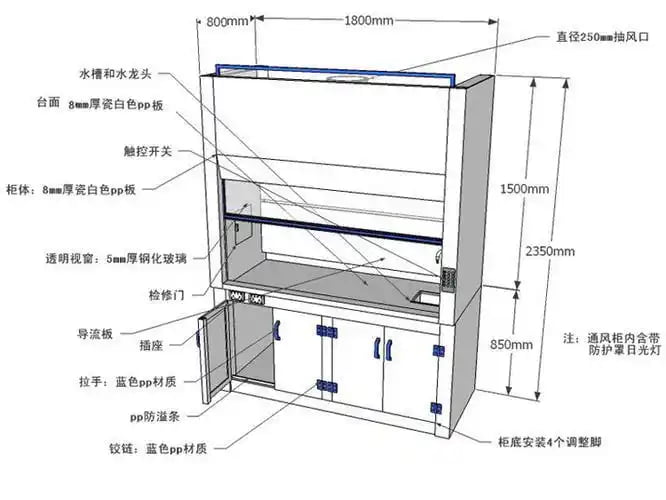
Compliance Alert: Laboratories exporting to Europe and the United States must pass EN/NSF dual certification.
V. Scenario-based process for selecting a fume hood (four-step approach)
- Risk rating
- High risk: HF/cyanide operation → PP material + double fan redundancy*
- Medium Risk: Organic solvent → Stainless steel + activated carbon filtration
- Low Risk: Teaching Demonstration → Fiberglass Reinforced Plastic (FRP) base model
- Space adaptations
- Compact lab: desktop (depth ≤ 700mm)
- High-throughput lab: one-piece (length customized)
- Verification testing
- On-site smoke test (video archive)
- Third party leak test report
- Maintenance agreement
- Key terms: 4-hour emergency response/annual calibration service
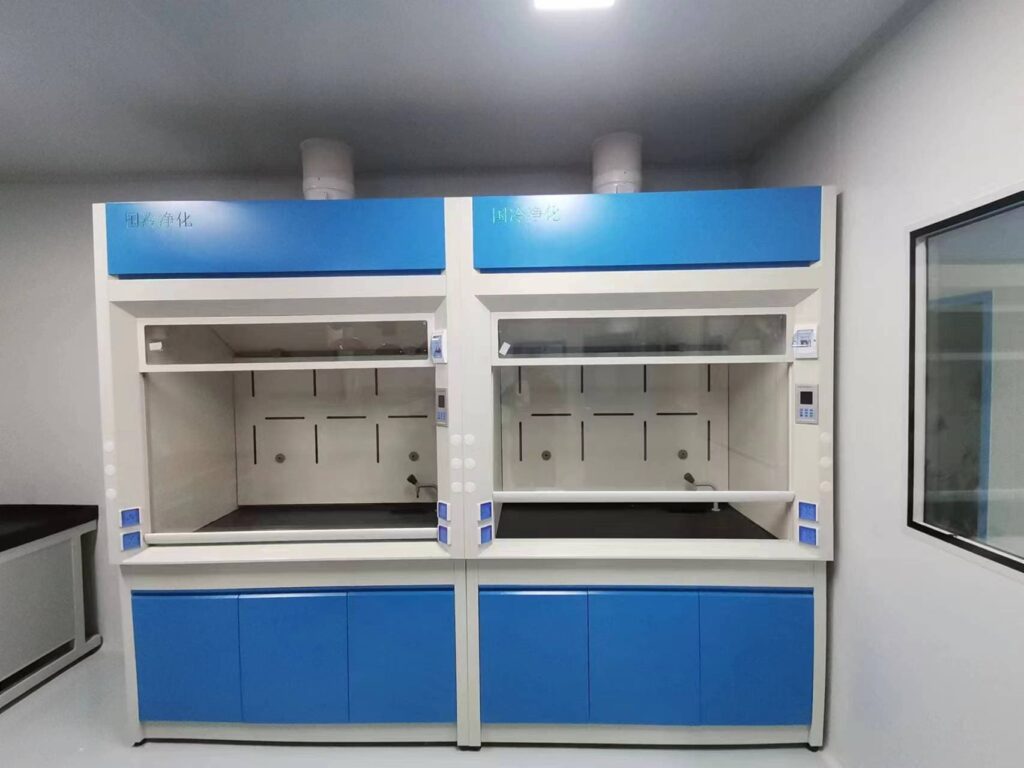
VI. Solutions to HF Problems
| Failure Phenomena | Root Causes | Repair Solutions |
|---|---|---|
| Unstable surface air velocity | Clogged dampers/ VAV failure | Monthly cleaning of sensors + calibration of controllers |
| Odor residue in cabinet | Activated carbon saturation / leakage of piping | Quarterly replacement of filter media + pressure test |
| Windows can not be positioned | Imbalance in counterweight system | Replacement of nylon pulleys + wire ropes |
| Abnormal vibration noise | Wear of fan bearings | Installation of vibration-damping brackets + inverter motor modification |
VII. Industry Benchmarking Application Cases
Pharmaceutical company GMP laboratory
- Configuration: 316 stainless steel fume hoods × 12 sets + VAV cluster control
- Security upgrade:
- Integrated HVAC system (temperature and humidity linkage)
- Three-stage treatment of exhaust gas (HEPA + activated carbon + UV photolysis)
- Effectiveness:
- 90% reduction in cross-pollution accidents
- Passed FDA flight inspection

The core logic of fume hood selection is: the higher the risk, the more redundant the configuration. It is necessary to consider from “pollutant control → personnel safety → compliance → economy” layer by layer to avoid improper selection leading to safety accidents or experimental errors. It is recommended to cooperate with professional laboratory equipment manufacturers to develop personalized solutions through on-site investigation and simulation verification.

